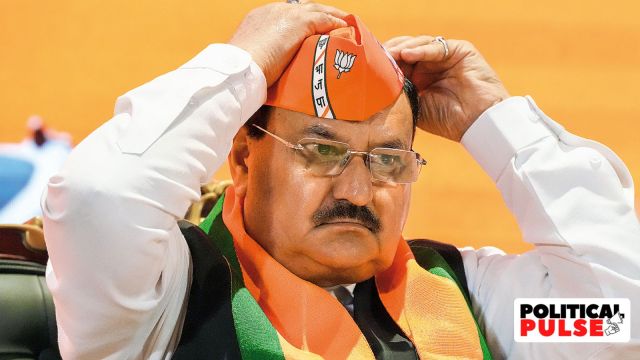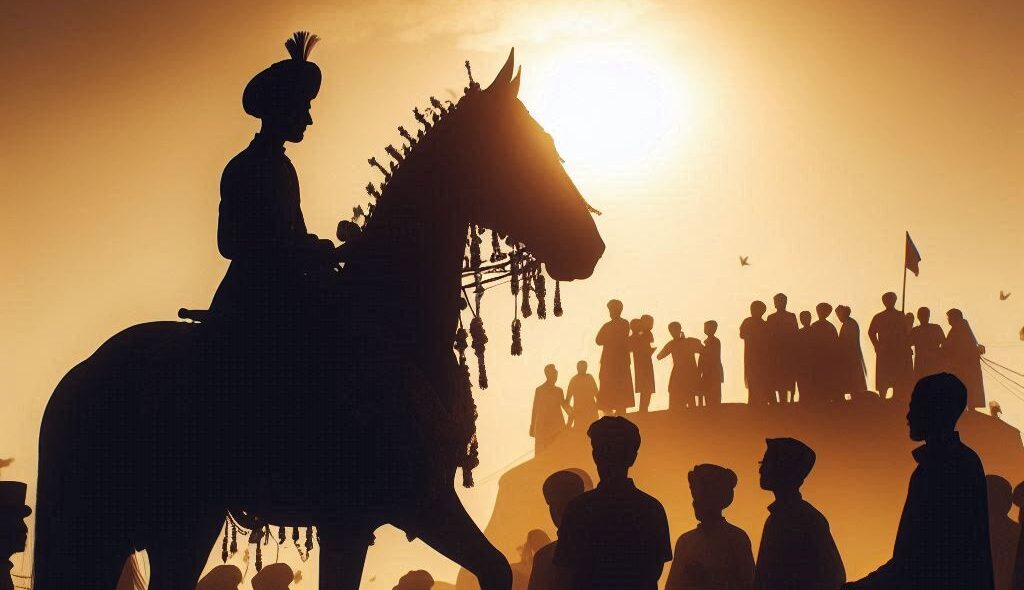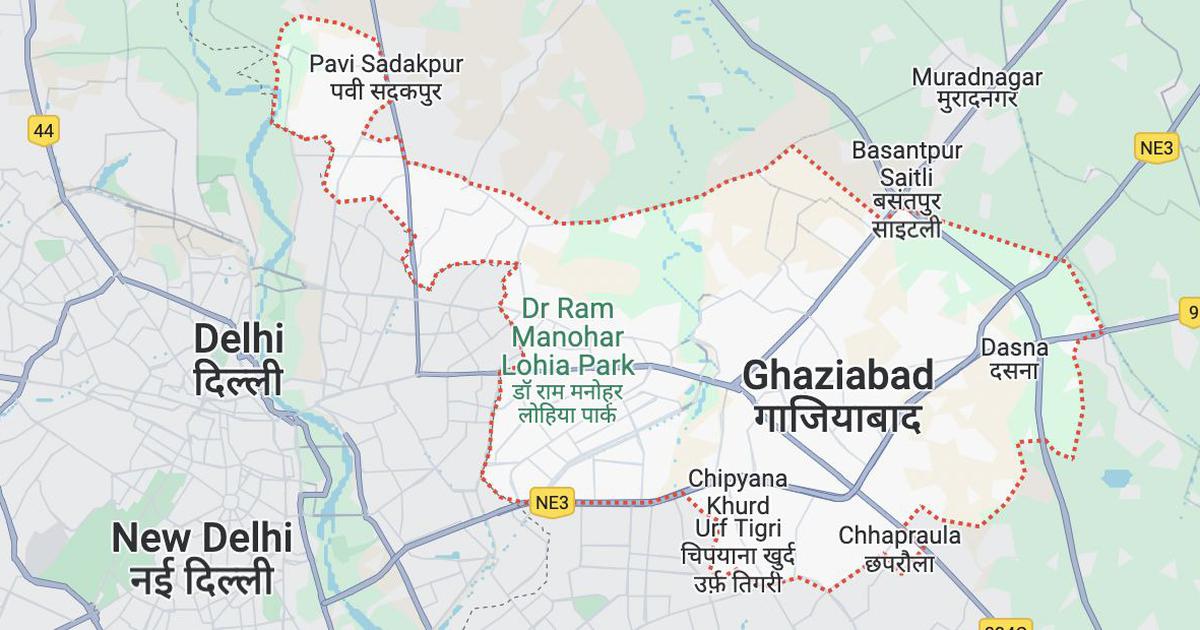
Rahul Gandhi, who leads the Congress party, in a recently held campaign gathering has claimed that “Hinduism and Hindutva” are “different things” but the ideology of the BJP-RSS is engaged in spreading “hatred in India” with its creed. The BJP in response has claimed that the Congress leadership nurses a “pathological hatred” for Hinduism. Now the question is who represents Hinduism? Brahman Rahul Gandhi or Chaiwallah Modi? I am not qualified to answer this question, nor am I interested. My interest is to address the question of how the Hindutva ideology has become popular in India and what are its consequences.
Adivasi, Dalit, Christian, Muslim, Sikh and other anti-minority bashing developments in India have surprised many observers around the world. These observers do not seem to have expected this to happen to the “world’s largest democracy.” Why is this happening in a country that has a constitution, which guarantees individual rights? A response to this question demands some reflections on India’s history, particularly during the past century. India’s constitution is a gift from the Congress party but now the party seems to have become a victim of this constitution.
Why Hindutva ideology is challenging the nation now? Let us address this question
The question of the relationship between Hinduism and Hindutva has become relevant because the current ruling party has successfully twisted India’s history and culture. The government maintains many active propaganda sites to brush away such allegations. The Indian constitution and many modern Hindus reject the caste system, but the government-sponsored propaganda machinery is trying to brash aside some historical truth. On the caste system, for example, one site claims that “These classifications are a natural evolution from the nature of the principle energy from where our universe has evolved and the principle rule with which it has evolved.”
They claim that, the religious doctrine of Karma, which is the “belief that an individual’s place in life and the caste hierarchy is determined by their actions in their past life.” How many of them remember their past life? I can confidently suggest – none. Yet, surprisingly many educated Indians subscribe to such views. They discourage raising questions: One author says, “A lot of people are asked the question if they convert to Hinduism or Sanatan Dharma what caste they would be given?
Now in most cases, this question is actually a rhetoric question. …” The author argues, “Sanatan Dharma or Hinduism is not purely a closed rules-based ideology but a purpose-based ideology. This means as long as you are living life to protect and nurture life on earth without being a barrier to natural evolution you are a Dharmic. Hinduism does not see evolution only from a physical state of survival and reproduction but from a complete state of physical and emotional evolution.” Is not the author fooling the readers? The author then concludes, “Welcome to Sanatan. Welcome to Hinduism. Welcome to Hindutva.”
Undisputed opinions
According to another author, “Hinduism is the name given to the most ancient and persistent religion on the Indian subcontinent, and Hindutva is the name by which the ideology of the Hindu right, represented by the BJP.” However, an American Indian academic in his book The Truth About Us: The Politics of Information from Manu to Modi, argues that “the social categories of religion and caste as they are perceived in modern-day India were developed during the British colonial rule, at a time when information was scarce and the colonizer’s power over information was absolute.” Another Indian intellectual writing for The Hindu newspaper says that, “the very idea of Hinduism as a religious faith was a colonial construction that the British floated as part of their bid to create and expand a common market for European capitalists in India.” Unfortunately, these rational arguments hardly appeal to Hindutva proponents.
These developments remind me of Muhammad Ali Jinnah – the founding father of Pakistan who began his political career in British India as an Indian nationalist but turned out to be the flag bearer of the “Two-nation theory” propounded by Muhammad Iqbal. This issue demands some biographical information about Jinnah’s personality – the personality of the only Indian who is reported to have been considered to be appointed as the British viceroy to India. Trained in the British liberal educational system Jinnah became a barrister at an early age and turned out to be a staunch supporter of the British liberal democracy.
He joined the Indian National Congress in 1906 and declined to join the All India Muslim League that came into existence in the same year arguing that he did not believe in communal politics. However, when he noticed that the Muslim League represented some genuine needs of Muslims following the annulment of the Partition of Bengal in 1911, he joined the Muslim League too. Soon he earned the title “ambassador of Hindu-Muslim unity” from Gopal Krishna Gokhle, a powerful leader of the time. Sarojini Naidu, another significant leader of the Congress party promoted this designation for Jinnah. In 1916, Jinnah earned praise for successfully negotiating between the Congress and the Muslim League and signing the Lucknow Pact and forming a united platform to fight for Indian independence.
However, Jinnah resigned from Congress in 1920 after his disagreement with M K Gandhi and Congress’ decision to follow what they called the satyagraha approach for India’s independence. Jinnah held the view that Gandhi’s non-cooperation and non-violence resistance strategies were in contradiction with one another. Jinnah’s disagreement with the Congress increased when the party endorsed the Nehru Report in 1928 by rejecting the separate electorate system that the British had established in 1909 and the Congress had endorsed in 1916 Lucknow Pact.
Jinnah became completely frustrated with the Congress when in 1937 the latter formed several provincial governments and formulated policies ignoring Muslim demands. Congress adopted an educational project called Vidya Mandir Scheme to “produce a class of educated people having the kind of culture, faith and practices.” This infuriated Muslims but Congress still went ahead to implement the scheme against the recommendations of one of its own educational experts Dr. Zakir Hussain and its close political associate Jamiat-i-Ulama-i-Hind. It was at this stage that Jinnah decided to commit himself to the Two-nation Theory and the demand for Pakistan.
In spite of the Congress’ denial to cooperate with Jinnah and the Muslim League, Jinnah maintained his goodwill for India and particularly for India’s downtrodden Dalit population. In 1932 during the Second Round Table Conference on India’s political future, the colonial administration agreed to grant separate electorate right to India’s Dalit community but Gandhi came out very strongly against it. “I have to resist your decision with my life,” he wrote to the British prime minister and began fasting until death. Dalit leader Ambedkar came under heavy pressure and as a result, given in very reluctantly.
However, according to a recent Hindustan Times article, “The impact of M K Gandhi’s principled resistance to B R Ambedkar’s political demand for separate electorate for the so-called depressed classes lives on.” What principle? Well, no matter whatever principle Gandhi might have, Ambedkar became the main victim of Gandhi’s “principled stance.” “It is strange phenomenon of India’s democracy that one of the country’s most distinguished sons could not win a popular election,” opines the Indian newspaper Mumbai Mirror in an article. Upper caste Hindus worked hard and succeeded in defeating Ambedkar from Bombay in 1946.
However, the article does not explain how the Dalit leader entered the Constituent Assembly. Here again, comes Jinnah. On the recommendation of Bengali Dalit leader Jogendra Nath Mandal, Jinnah got him elected into the Assembly through Bengal Muslim League. However, Ambedkar’s failure in securing Dalit separate electorate status had a long-term impact. Dalits now receive sub-human treatment in India. Their sufferings under the guise of Hindutva is a natural consequence of Congress’ policies. Although Congress was gracious enough to assign Ambedkar to formulate the Indian constitution, today the party is powerless in having Indians follow the constitution.
Mob lynching, rape and another kind of abuses of religious minorities is now very common in India. Is Hinduism responsible for this? Historians of civilizational studies generally hold the view that religions have played the most pivotal role in all civilizations in history. Which religion does the Indian civilization follow? Hinduism? Sanatan Dharma? Brahmanism? Or, the Hindu reform movement ISKON? As a student of comparative civilization, I would like to suggest that the Indian civilization did receive divine guidance.
In fact, Indian poet-philosopher Muhammad Iqbal addressed the Indian divine figure Rama as “Imam al-Hind.” However, one should also know that, as the French philosopher Rousseau had once said, “everything degenerates in the hands of man.” An angry Ambedkar had burnt the Hindu book of law, Manusmriti, almost a century ago, but many Indian intellectuals still argue that the Manusmriti Dahan Divas Is Still Relevant Today, but for the Hindutva ideology these are just propaganda. India today is on the brink of a huge explosion and in today’s global village, this explosion will have an impact on everyone. The faster the world community notices this, is better for world peace.
This story first appeared on globalvillagespace.com






